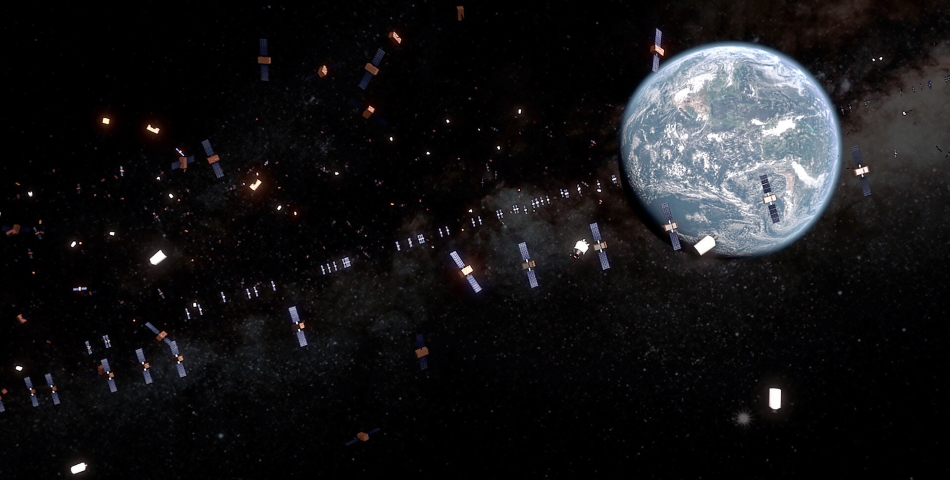Speaker
Description
Nowadays, commercial and scientific applications dominate in space flight. We have
now become accustomed to many services provided from space in our daily lives: communications, weather forecasts, television, remote sensing of the environment and navigation. Since the era of space exploration started, the number of Earth-orbiting objects has on average grown due to high frequency of space activities, on-orbit fragmentation and collisions between existing space objects, resulting in many small fragments. The increase of space debris led to the creation of space debris reference models by different agencies, with the European reference being the Meteoroid And Space debris Terrestrial Environment Reference (MASTER) model.
This crowded space environment makes it necessary, when designing a mission, to take into account how the mission interacts with the environment as well as the impact on other missions. For this purpose, ESA Space Debris Mitigation Requirements were introduced, which describe current mitigation measures that represent best practice to preserve the orbital environment and protect current space assets. The above-mentioned space debris mitigation requirements turned into mission requirements, that have become applicable for any ESA mission since 2014. The Debris Risk Assessment and Mitigation Analysis (DRAMA) software tool is used to enable ESA programs to assess their compliance with the ESA’s mitigation requirements.
Similar approaches have been also taken by many different countries that monitor and supervise outer space activities by entities under their jurisdiction. The regulatory regime in place, however, makes it necessary to align the current set of tools related to space debris mitigation in a way that accommodates state-of-the-art engineering techniques from the early design phases of a space mission onwards. For this purpose, the project DMF01 has been devised, aiming to develop a framework that combines existing space debris mitigation tools, such as DRAMA and MASTER, to support mission designers in the requirements verification.
In contrast, in the project DMF03 individual analysis modules that are being used in debris mitigation and risk analyses are updated and then integrated in the above-mentioned framework. Such upgrades intend to analyse spacecraft attitude-related dynamics in the space debris mitigation context. Main goals of the activity are the following:
• Integration of a 6-Degree-of-Freedom (DOF) simulator that covers the main attitude motions in the foreseen context;
• Augment the model from DMF-01 to account for movable parts (like solar panels) and combine it with user-defined attitude laws.
• Augment existing analysis modules to enable the usage of attitude motion descriptions.
• Estimation of drag and solar radiation coefficients for a given object model and attitude law.
• Improve disposal analyses based on attitude modes for different disposal techniques and exploitation of force model resonance conditions.
• Improve environment awareness including the crossing of protected regions and operational altitudes of major satellite constellations.

